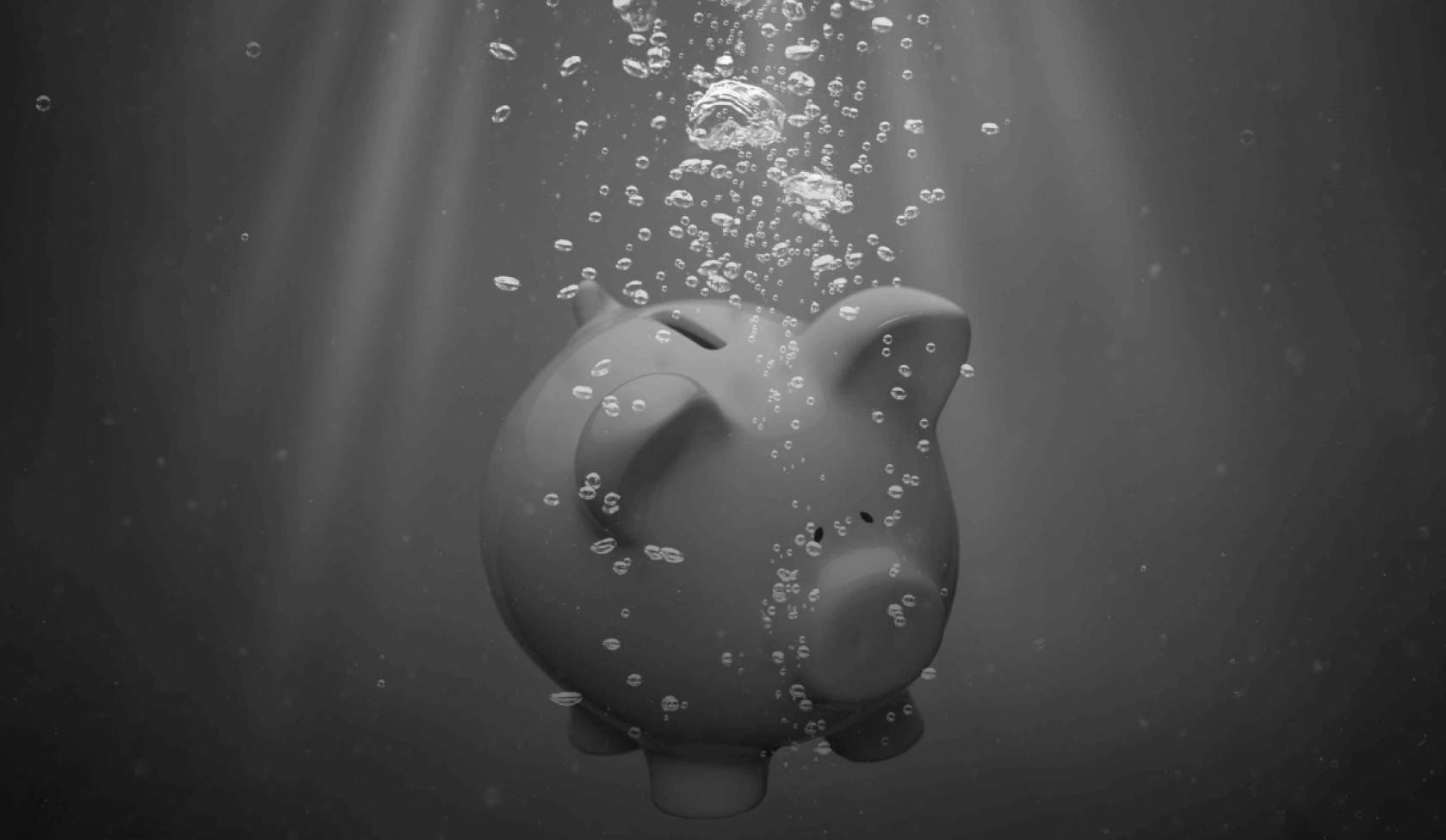At the start of this century, the rivers of gold from the mining boom enabled the Howard government to reduce government gross debt to below 10% on the eve of the GFC. This enviable starting position has allowed successive federal governments to run budget deficits, with our Gross Debt to GDP increasing to 33.7% in 2024/25. This is a level of debt that is on par with other smaller developed countries (New Zealand, Korea, Norway, The Netherlands) but significantly lower than the G20 average of over 100%.
Running a budget deficit is not necessarily a sign of bad economic management, particularly if the size of the deficit is lower than GDP growth so that the ratio of Debt to GDP remains unchanged. Yet, there can be good and bad deficits. A good deficit adds to the capital stock of the country and enables improved productivity in the long-term. A budget that is in deficit due to growing social payments is a bad deficit, as it is both difficult to unwind and limited in its future positive impact.
Sadly, Australia’s direction of travel is heading towards bad deficits. This budget favours payments over policy; an energy cost rebate may provide a sugar hit in the polls but does not address the underlying problem of rising energy cost. With struggling productivity growth in Australia and significant spending on energy supply and transmission required under either major party, managing social spending to enable ‘good’ deficits will be the marker of good government.


